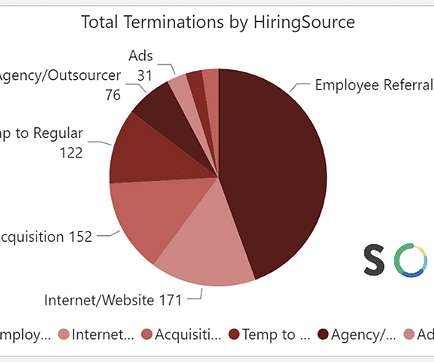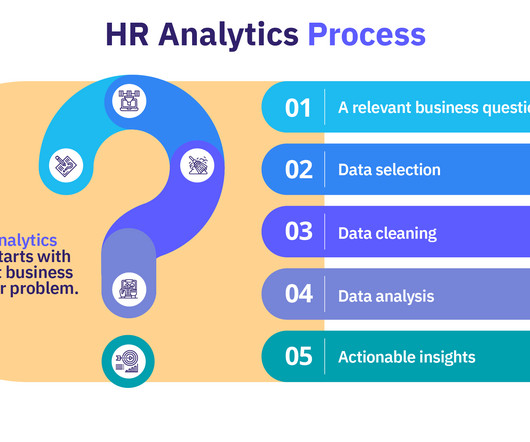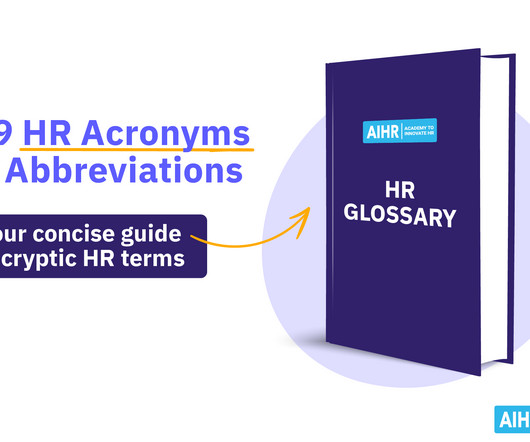What is HR Analytics?
AIHR
JANUARY 21, 2019
These go to finance, marketing, and sales. To answer this second question, you would need to combine two different data sources: your Human Resources Information System (HRIS) and your Performance Management System. Or because it has always been done that way.













Let's personalize your content